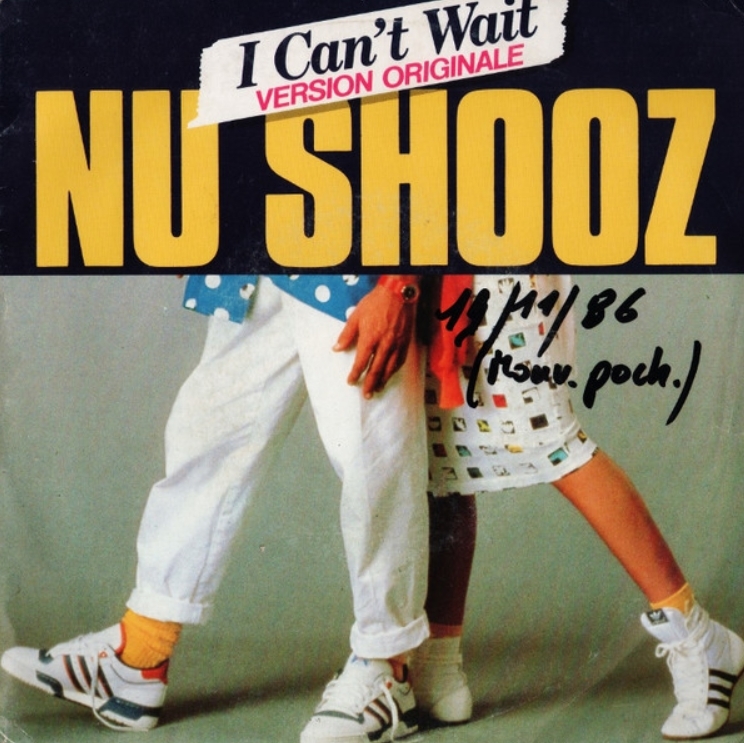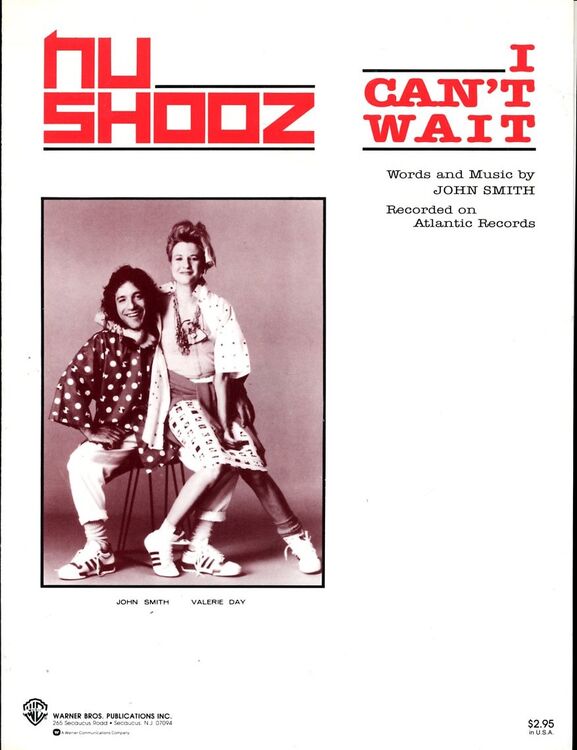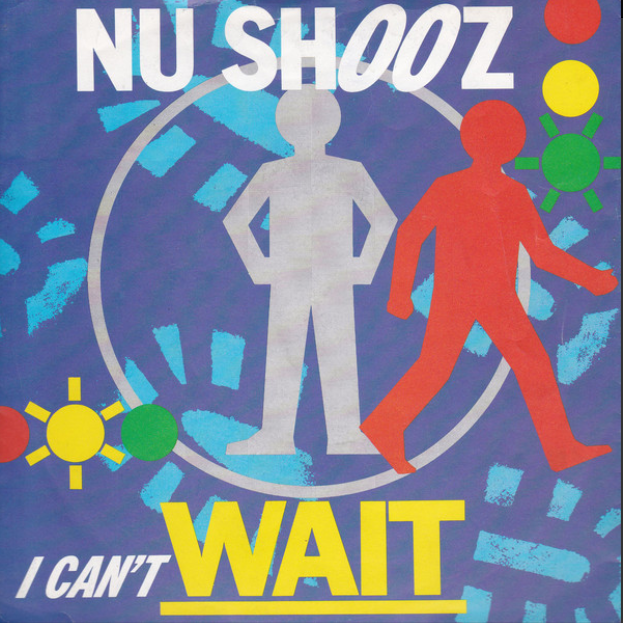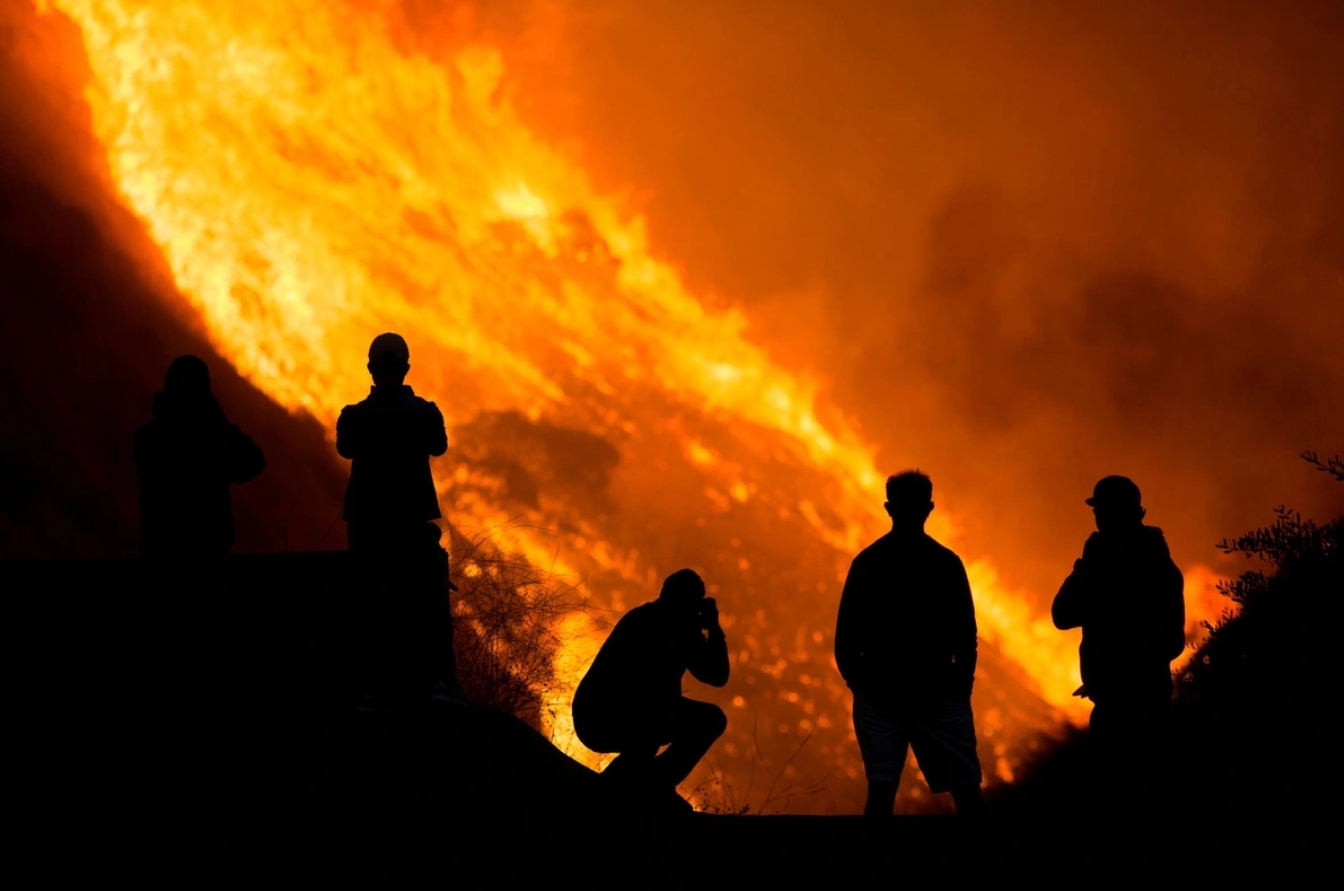Welcome to DU!
The truly grassroots left-of-center political community where regular people, not algorithms, drive the discussions and set the standards.
Join the community:
Create a free account
Support DU (and get rid of ads!):
Become a Star Member
Latest Breaking News
General Discussion
The DU Lounge
All Forums
Issue Forums
Culture Forums
Alliance Forums
Region Forums
Support Forums
Help & Search
Celerity
Celerity's Journal
Celerity's Journal
October 31, 2020
https://www.gregpalast.com/debra-messing-dicaprio-and-palast-release-the-purged/
Christine Jordan, the 94-year-old cousin of Martin Luther King Jr., has been casting her ballot at the same voting center in Atlanta since 1968. She held civil rights meetings in her home and has never missed an election in 50 years. But when Jordan went to vote in 2018, she was told there was no record of her ever voting in any election. And she wasn’t alone — 1.8 million voters were turned away from the polls that year, the same year Donald Trump won the presidency thanks to the 77,744 votes he claimed in the battleground states of Michigan, Pennsylvania, and Wisconsin.The team behind the short 14-minute film The Purged, which EW exclusively premiered, doesn’t want that to happen to Jordan or anyone else in 2020, in what might be the most pivotal election in American history.
Will & Grace star Debra Messing, who narrates the documentary, tells EW she first realized voter purges were an issue when the office of Brian Kemp, who ran against Stacey Abrams for governor of Georgia in 2018, was found to have a purge list that targeted Black and Brown people and young voters. “I remember being just stunned and feeling like, ‘How is that possible? How are there no consequences for that?’ And, more importantly, ‘How in 2020 can it be in America, that there’s not a presumption and a celebration that every citizen has the right to vote?'” Messing says. “Seeing this movie just showed me that we have a long way to go to the ideals of our Constitution, which is that everybody is treated equally and has equal opportunity.” A lot of those purged were told it was because they moved or left the state, when they hadn’t. In the film, we meet a college student in Wisconsin who was purged from the voter rolls, after moving only two houses down. Similarly, a young African American woman was identified as having left Milwaukee, even though she is a Milwaukee County supervisor.
The scariest part is that it could happen again, and your vote could be suppressed this year. “It is an urgent concern. The great thing is that people right now can check to see if they’re on the purge list by going to SaveMyVote.org.” Messing says. “There are many states where you can register on Election Day. So you can go and register and vote on the same day. That’s what we’re hoping to do, we’re hoping to get the message out that it’s possible that you’ve been purged. And here is a way that you can rectify it.” Ultimately, Messing says voting rights is an issue that everyone, regardless of party, should champion. “I hope that this film, and the images from this year’s election, will be the catalyst for election reform,” she says. “We shouldn’t have to wait in line for hours on end in order to vote. And in this day and age, we can get a lot of things done that are very complicated. And this seems like we should be able to do better.”
snip
Debra Messing, DiCaprio and Palast Release 'The Purged' 14 Minutes to Save this Election - Watch Now
The Purged, which Leonardo DiCaprio shared a snippet of earlier this month, is produced by his father, George DiCaprio, and stepmother, Peggy DiCaprio; Yvette Nicole Brown; Thom Hartmann and the founders of Black Voters Matter. It follows investigative reporter Greg Palast’s journey uncovering 2 million thrown-out votes, many belonging to people of color or young voters in swing states like Georgia, Wisconsin, and Michigan.https://www.gregpalast.com/debra-messing-dicaprio-and-palast-release-the-purged/
Christine Jordan, the 94-year-old cousin of Martin Luther King Jr., has been casting her ballot at the same voting center in Atlanta since 1968. She held civil rights meetings in her home and has never missed an election in 50 years. But when Jordan went to vote in 2018, she was told there was no record of her ever voting in any election. And she wasn’t alone — 1.8 million voters were turned away from the polls that year, the same year Donald Trump won the presidency thanks to the 77,744 votes he claimed in the battleground states of Michigan, Pennsylvania, and Wisconsin.The team behind the short 14-minute film The Purged, which EW exclusively premiered, doesn’t want that to happen to Jordan or anyone else in 2020, in what might be the most pivotal election in American history.
Will & Grace star Debra Messing, who narrates the documentary, tells EW she first realized voter purges were an issue when the office of Brian Kemp, who ran against Stacey Abrams for governor of Georgia in 2018, was found to have a purge list that targeted Black and Brown people and young voters. “I remember being just stunned and feeling like, ‘How is that possible? How are there no consequences for that?’ And, more importantly, ‘How in 2020 can it be in America, that there’s not a presumption and a celebration that every citizen has the right to vote?'” Messing says. “Seeing this movie just showed me that we have a long way to go to the ideals of our Constitution, which is that everybody is treated equally and has equal opportunity.” A lot of those purged were told it was because they moved or left the state, when they hadn’t. In the film, we meet a college student in Wisconsin who was purged from the voter rolls, after moving only two houses down. Similarly, a young African American woman was identified as having left Milwaukee, even though she is a Milwaukee County supervisor.
The scariest part is that it could happen again, and your vote could be suppressed this year. “It is an urgent concern. The great thing is that people right now can check to see if they’re on the purge list by going to SaveMyVote.org.” Messing says. “There are many states where you can register on Election Day. So you can go and register and vote on the same day. That’s what we’re hoping to do, we’re hoping to get the message out that it’s possible that you’ve been purged. And here is a way that you can rectify it.” Ultimately, Messing says voting rights is an issue that everyone, regardless of party, should champion. “I hope that this film, and the images from this year’s election, will be the catalyst for election reform,” she says. “We shouldn’t have to wait in line for hours on end in order to vote. And in this day and age, we can get a lot of things done that are very complicated. And this seems like we should be able to do better.”
snip
October 31, 2020
https://www.thrillist.com/news/nation/halloween-full-blue-moon-october-2020-how-to-see
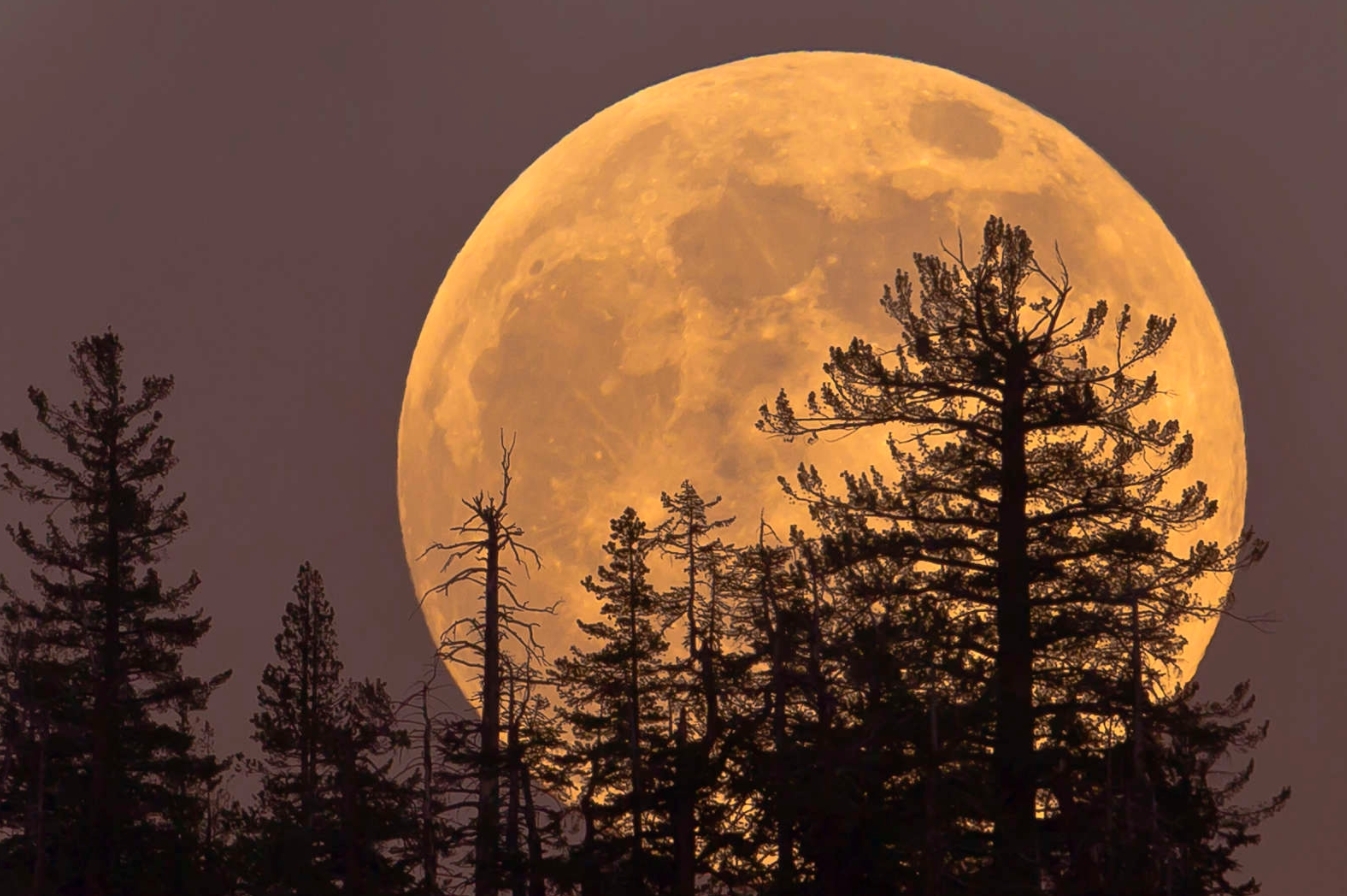
It's an outstanding month in history to be a werewolf . (At least, a werewolf who enjoys being a werewolf.) Not only are there two full moons in October, the second full moon, called a blue moon , lands right on Halloween. Having a full moon visible in the US on Halloween is rare. It's even less likely to have a situation where it almost swings around the entire world on the spooky holiday. (Even if the day doesn't carry the same significance in every country.) Only Australia and New Zealand will be left out of the fun, according to Bruce McClure of EarthSky, with that night's full moon being the first of two November full moons there. Nonetheless, if you needed any more confirmation that's a creepy, werewolf-friendly moon this year, this full moon, the second of autumn, is often referred to as the hunter's moon. If you're worried about missing the Halloween treat, the moon will be visible from just about sunset to sunrise. There will be plenty of time to step out and see the hunter's moon. Though, if you miss it this time, you won't be able to catch a Halloween full moon again until October 31, 2039. There's yet another reason the Halloween full moon is unique. You may hear it referred to it as a micro-moon. This is the full moon that occurs the furthest from Earth in 2020, making it the smallest full moon of the year.
Will the moon be blue?
No. The term has nothing to do with the apparent color of the moon. A blue moon—a colloquial and relatively recent term for the second full moon in a calendar month— happens about once every two-and-a-half years (2.7), per NASA. A full moon arrives at 29.53-day intervals, so a full moon must land in the first hours of a given month for a blue moon to occur. Because of that interval, it's possible that February has no full moon at all on occasion, as will happen in 2037, and that leads to two blue moons in a single calendar year.
Everything else you can see in the sky right now
Keep an eye out for bright Mars rising in the east. Like the moon, the red planet will be visible throughout the night. If you're looking before about 10:25 pm EDT, you'll be able to spot Saturn and Jupiter in the south-southwest sky, hanging out near each other as they have been throughout much of 2020. If you're trying to catch the full moon on the morning of November 1, keep an eye out for Venus, which is only visible in the mornings. The morning star will rise at about 4:32 am, according to In the Sky . It'll be a regular Village Halloween Parade up there on Halloween.
Ready to go stargazing?
Here are all the best stargazing events that you can get out and see this month or you could stay in a stream the northern lights from home. If you're just getting started, check out our guide to astronomy for beginners or https://www.thrillist.com/news/nation/stargazing-road-trips-in-the-usa%E2%80%9D" target="_blank">easy stargazing road trips from big US cities.
snip
A Rare Blue Moon Will Appear on Halloween & It'll Be Near a Bright Red Mars
If you're a werewolf, you probably knew this already.https://www.thrillist.com/news/nation/halloween-full-blue-moon-october-2020-how-to-see

It's an outstanding month in history to be a werewolf . (At least, a werewolf who enjoys being a werewolf.) Not only are there two full moons in October, the second full moon, called a blue moon , lands right on Halloween. Having a full moon visible in the US on Halloween is rare. It's even less likely to have a situation where it almost swings around the entire world on the spooky holiday. (Even if the day doesn't carry the same significance in every country.) Only Australia and New Zealand will be left out of the fun, according to Bruce McClure of EarthSky, with that night's full moon being the first of two November full moons there. Nonetheless, if you needed any more confirmation that's a creepy, werewolf-friendly moon this year, this full moon, the second of autumn, is often referred to as the hunter's moon. If you're worried about missing the Halloween treat, the moon will be visible from just about sunset to sunrise. There will be plenty of time to step out and see the hunter's moon. Though, if you miss it this time, you won't be able to catch a Halloween full moon again until October 31, 2039. There's yet another reason the Halloween full moon is unique. You may hear it referred to it as a micro-moon. This is the full moon that occurs the furthest from Earth in 2020, making it the smallest full moon of the year.
Will the moon be blue?
No. The term has nothing to do with the apparent color of the moon. A blue moon—a colloquial and relatively recent term for the second full moon in a calendar month— happens about once every two-and-a-half years (2.7), per NASA. A full moon arrives at 29.53-day intervals, so a full moon must land in the first hours of a given month for a blue moon to occur. Because of that interval, it's possible that February has no full moon at all on occasion, as will happen in 2037, and that leads to two blue moons in a single calendar year.
Everything else you can see in the sky right now
Keep an eye out for bright Mars rising in the east. Like the moon, the red planet will be visible throughout the night. If you're looking before about 10:25 pm EDT, you'll be able to spot Saturn and Jupiter in the south-southwest sky, hanging out near each other as they have been throughout much of 2020. If you're trying to catch the full moon on the morning of November 1, keep an eye out for Venus, which is only visible in the mornings. The morning star will rise at about 4:32 am, according to In the Sky . It'll be a regular Village Halloween Parade up there on Halloween.
Ready to go stargazing?
Here are all the best stargazing events that you can get out and see this month or you could stay in a stream the northern lights from home. If you're just getting started, check out our guide to astronomy for beginners or https://www.thrillist.com/news/nation/stargazing-road-trips-in-the-usa%E2%80%9D" target="_blank">easy stargazing road trips from big US cities.
snip
October 31, 2020
https://www.theatlantic.com/politics/archive/2020/10/biden-2020-trump-election/616912/

If Joe Biden beats Donald Trump decisively next week, this election may be remembered as a hinge point in American history: the moment when a clear majority of voters acknowledged that there’s no turning back from America’s transformation into a nation of kaleidoscopic diversity, a future that doesn’t rely on a backward-facing promise to make America great again. But that doesn’t mean the voters who embody the nation’s future are guaranteed a lasting victory over those who feel threatened by it. With Biden embracing America’s evolution and Trump appealing unrestrainedly to the white voters most fearful of it, the 2020 campaign marks a new peak in the most powerful trend shaping politics in this century. Over the past two decades, and especially since Barack Obama’s election in 2008, voters have re-sorted among the parties and thus reconfigured the central fault line between them. Today Republicans and Democrats are divided less by class or region than by attitudes toward the propulsive demographic, cultural, and economic shifts remaking 21st-century America. On one side, Republicans now mobilize what I’ve called a “coalition of restoration”; on the other, Democrats assemble a “coalition of transformation.”
Republicans have grown more reliant on support from mostly white and Christian constituencies and the exurban, small-town, and rural communities that have been the least touched, and most unnerved, by cultural and economic transitions: growing diversity in race, religion, and sexual orientation; evolving roles for women; and the move from an industrial economy to one grounded in the Information Age. Democrats have become the party of the people and places most immersed in, and welcoming of, those shifts: people of color, Millennials and members of Generation Z, secular adults who don’t identify with any religious tradition, and college-educated white professionals, all of them clustered in the nation’s largest metropolitan centers. Heading into the campaign’s final weekend, Trump is facing erosion on both sides of this divide, with Biden consolidating most elements of the coalition of transformation, eroding Trump’s advantages with blue-collar and older white voters, and laying siege to the midsize industrial cities across the Rust Belt that moved sharply toward the president in 2016.
Behind this two-front advance, Biden has consistently led Trump in national polls and surveys of the six swing states that both sides are most heavily contesting, especially the three in the Rust Belt that tipped the 2016 race to the president: Michigan, Wisconsin, and Pennsylvania. Many Democrats remain unnerved by the prospect that, like a general advancing an army under cover of night, Trump will mobilize an unanticipated turnout surge from his base voters and win the Electoral College (if not the popular vote), the same way he did last time. That’s possible, but it remains less likely than in 2016, because the voters opposing him appear determined to turn out in much higher numbers, too. I’ve often said that modern American politics can be reduced to a single question: How long can Paducah tell Seattle what to do? Next week the answer may be that Seattle—that is, America’s future—has mobilized to reclaim control of the nation’s direction from Paducah—its past—and perhaps by a resounding margin. Without discounting the possibility of an upset, Tuesday’s results are likely to demonstrate that the Democrats’ coalition of transformation is now larger—even much larger—than the Republicans’ coalition of restoration.
With Trump solidifying the GOP’s transformation into a “white-identity party … a nationalist party, not unlike parties you see in Europe, … you see the Democratic Party becoming the party of literally everyone else,” as the longtime Republican political consultant Michael Madrid, a co-founder of the anti-Trump Lincoln Project, told me. The broad backlash against Trump’s vision of the GOP across the diverse, metro-based emerging America could provide Democrats unified control of government for the first time since 2010. It could also underscore the growing difficulty Republicans will face attracting majority support in elections to come. And yet even a decisive Democratic win would not guarantee that the party can actually implement its policy agenda. As if laying sandbags against the coming demographic wave, Republicans have erected a series of defences that could allow them to impede their rivals—even if demographic and social change combine to more clearly stamp Democrats as the nation’s majority party in the years ahead. And that could make the 2020s the most turbulent decade for America since the 1850s, when a very similar dynamic unfolded.
snip
Why the 2020s Could Be as Dangerous as the 1850s
Democrats could win decisively next week. But that still wouldn’t neutralize minority Republican power.https://www.theatlantic.com/politics/archive/2020/10/biden-2020-trump-election/616912/

If Joe Biden beats Donald Trump decisively next week, this election may be remembered as a hinge point in American history: the moment when a clear majority of voters acknowledged that there’s no turning back from America’s transformation into a nation of kaleidoscopic diversity, a future that doesn’t rely on a backward-facing promise to make America great again. But that doesn’t mean the voters who embody the nation’s future are guaranteed a lasting victory over those who feel threatened by it. With Biden embracing America’s evolution and Trump appealing unrestrainedly to the white voters most fearful of it, the 2020 campaign marks a new peak in the most powerful trend shaping politics in this century. Over the past two decades, and especially since Barack Obama’s election in 2008, voters have re-sorted among the parties and thus reconfigured the central fault line between them. Today Republicans and Democrats are divided less by class or region than by attitudes toward the propulsive demographic, cultural, and economic shifts remaking 21st-century America. On one side, Republicans now mobilize what I’ve called a “coalition of restoration”; on the other, Democrats assemble a “coalition of transformation.”
Republicans have grown more reliant on support from mostly white and Christian constituencies and the exurban, small-town, and rural communities that have been the least touched, and most unnerved, by cultural and economic transitions: growing diversity in race, religion, and sexual orientation; evolving roles for women; and the move from an industrial economy to one grounded in the Information Age. Democrats have become the party of the people and places most immersed in, and welcoming of, those shifts: people of color, Millennials and members of Generation Z, secular adults who don’t identify with any religious tradition, and college-educated white professionals, all of them clustered in the nation’s largest metropolitan centers. Heading into the campaign’s final weekend, Trump is facing erosion on both sides of this divide, with Biden consolidating most elements of the coalition of transformation, eroding Trump’s advantages with blue-collar and older white voters, and laying siege to the midsize industrial cities across the Rust Belt that moved sharply toward the president in 2016.
Behind this two-front advance, Biden has consistently led Trump in national polls and surveys of the six swing states that both sides are most heavily contesting, especially the three in the Rust Belt that tipped the 2016 race to the president: Michigan, Wisconsin, and Pennsylvania. Many Democrats remain unnerved by the prospect that, like a general advancing an army under cover of night, Trump will mobilize an unanticipated turnout surge from his base voters and win the Electoral College (if not the popular vote), the same way he did last time. That’s possible, but it remains less likely than in 2016, because the voters opposing him appear determined to turn out in much higher numbers, too. I’ve often said that modern American politics can be reduced to a single question: How long can Paducah tell Seattle what to do? Next week the answer may be that Seattle—that is, America’s future—has mobilized to reclaim control of the nation’s direction from Paducah—its past—and perhaps by a resounding margin. Without discounting the possibility of an upset, Tuesday’s results are likely to demonstrate that the Democrats’ coalition of transformation is now larger—even much larger—than the Republicans’ coalition of restoration.
With Trump solidifying the GOP’s transformation into a “white-identity party … a nationalist party, not unlike parties you see in Europe, … you see the Democratic Party becoming the party of literally everyone else,” as the longtime Republican political consultant Michael Madrid, a co-founder of the anti-Trump Lincoln Project, told me. The broad backlash against Trump’s vision of the GOP across the diverse, metro-based emerging America could provide Democrats unified control of government for the first time since 2010. It could also underscore the growing difficulty Republicans will face attracting majority support in elections to come. And yet even a decisive Democratic win would not guarantee that the party can actually implement its policy agenda. As if laying sandbags against the coming demographic wave, Republicans have erected a series of defences that could allow them to impede their rivals—even if demographic and social change combine to more clearly stamp Democrats as the nation’s majority party in the years ahead. And that could make the 2020s the most turbulent decade for America since the 1850s, when a very similar dynamic unfolded.
snip
October 30, 2020

WOW 10 Years. It has been a sentimental ride and we are proud to re-release this album on vinyl 10-years on with even more love than when we first released it.
Looking back we feel very fondly about the album that started it all, its was the beginning of an adventure and it will forever have a place in our heart.
Some of you may have been here since the start, some of you may be have joined in along the way.
One thing is for sure, together we’ve shared so many moments with you all. Both in person at shows and through the record.
To know that this album symbolizes a special time for both us and you alike is very rewarding.
XX MH


Miami Horror - Soft Light (feat. Alan Palomo) [Official Music Video 10 Years of Illumination]

WOW 10 Years. It has been a sentimental ride and we are proud to re-release this album on vinyl 10-years on with even more love than when we first released it.
Looking back we feel very fondly about the album that started it all, its was the beginning of an adventure and it will forever have a place in our heart.
Some of you may have been here since the start, some of you may be have joined in along the way.
One thing is for sure, together we’ve shared so many moments with you all. Both in person at shows and through the record.
To know that this album symbolizes a special time for both us and you alike is very rewarding.
XX MH


October 30, 2020
A premliminary assessment:THE MACROECONOMIC EFFECTS OF THE EU RECOVERY AND RESILIENCE FACILITY
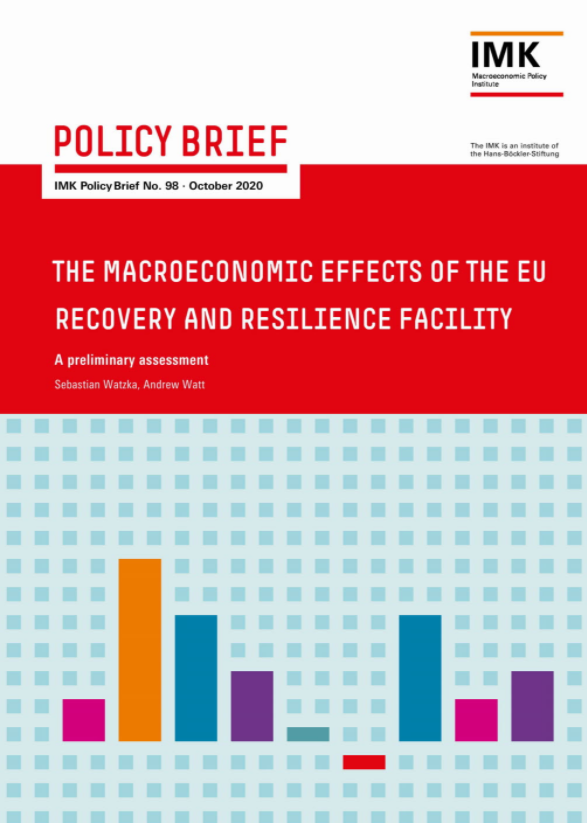
Macroeconomic effects of the EU Recovery and Resilience Facility
https://www.imk-boeckler.de/de/faust-detail.htm?sync_id=9110A premliminary assessment:THE MACROECONOMIC EFFECTS OF THE EU RECOVERY AND RESILIENCE FACILITY
This policy brief analyzes the macroeconomic effects of the EU's Recovery and Resilience Facility (RRF). We present the basics of the RRF and then use the macroeconometric multi-country model NiGEM to analyze the facility's macroeconomic effects. The simulations show, first, that if the funds are in fact used to finance additional public investment (as intended), public capital stocks throughout the EU will increase markedly during the time of the RRF. Second, in some especially hard-hit southern European countries, the RRF would offset a significant share of the output lost during the pandemic. Third, as gains in GDP due to the RRF will be much stronger in (poorer) southern and eastern European countries, the RRF has the potential to reduce economic divergence. Finally, and in direct consequence of the increased GDP, the RRF will lead to lower public debt ratios; between 2.0 and 4.4 percentage points below baseline for southern European countries in 2023.

October 30, 2020
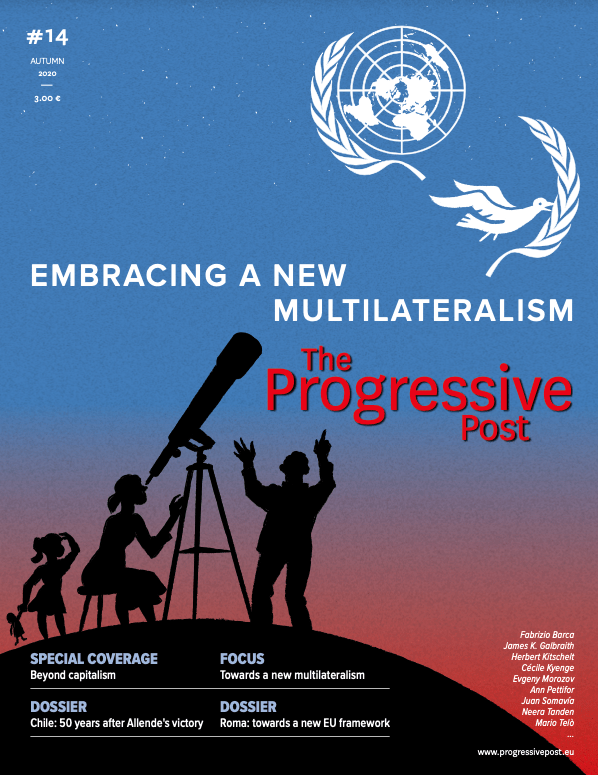
The United Nations is currently celebrating its 75th anniversary. The backdrop of these celebrations however is bleak: some world powers are knowingly sabotage multilateralism, and the escalating global crises—health, climate and economic downturn to name just a few—have led to a further deterioration of the United Nations system. If we needed a reminder, the Covid-19 pandemic has made it blatantly clear that our most critical challenges are transnational and can only be addressed through coordinated action.
With this issue, The Progressive Post wants to congratulate the United Nations on its anniversary, and wants to celebrate multilateralism, but our authors also want to seize this unique opportunity to make proposals for rebuilding and reforming the multilateral architecture.
The weakness of today's multilateralism also further exposes the contradictions that are baked into the capitalist system. In its neoliberalism-dominated form, it is pushing the planet's ecosystem to a collapse, while the rich are getting richer and the poor poorer. That is why this issue of The Progressive Post also wants to explore a world beyond capitalism and gather concrete ideas on how to initiate a profound policy-shift. The aim is a paradigm-change to overcome the dominant neoliberal approach.
In addition, we pay tribute to Salvador Allende, 50 years after he won the presidential elections in Chile. And, as the EU moves towards a new framework on Roma integration, we take a look at where the current one has brought us.
The Progressive Post #14 from the Foundation for European Progressive Studies (FEPS).
https://progressivepost.eu/wp-content/uploads/PP14-07NEW-RECAP-28-09-2020_2.pdf
The United Nations is currently celebrating its 75th anniversary. The backdrop of these celebrations however is bleak: some world powers are knowingly sabotage multilateralism, and the escalating global crises—health, climate and economic downturn to name just a few—have led to a further deterioration of the United Nations system. If we needed a reminder, the Covid-19 pandemic has made it blatantly clear that our most critical challenges are transnational and can only be addressed through coordinated action.
With this issue, The Progressive Post wants to congratulate the United Nations on its anniversary, and wants to celebrate multilateralism, but our authors also want to seize this unique opportunity to make proposals for rebuilding and reforming the multilateral architecture.
The weakness of today's multilateralism also further exposes the contradictions that are baked into the capitalist system. In its neoliberalism-dominated form, it is pushing the planet's ecosystem to a collapse, while the rich are getting richer and the poor poorer. That is why this issue of The Progressive Post also wants to explore a world beyond capitalism and gather concrete ideas on how to initiate a profound policy-shift. The aim is a paradigm-change to overcome the dominant neoliberal approach.
In addition, we pay tribute to Salvador Allende, 50 years after he won the presidential elections in Chile. And, as the EU moves towards a new framework on Roma integration, we take a look at where the current one has brought us.
Profile Information
Gender: FemaleHometown: London
Home country: US/UK/Sweden
Current location: Stockholm, Sweden
Member since: Sun Jul 1, 2018, 07:25 PM
Number of posts: 43,279

